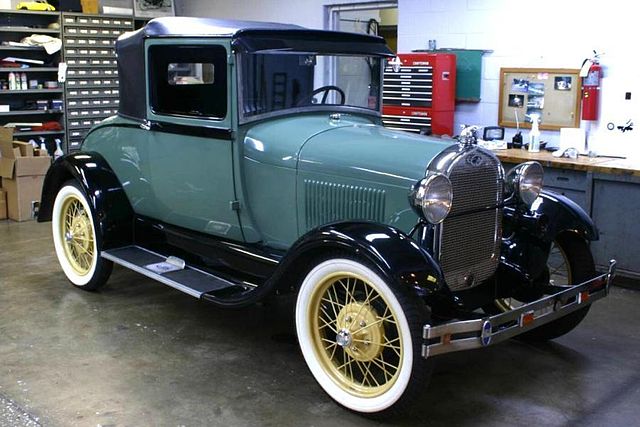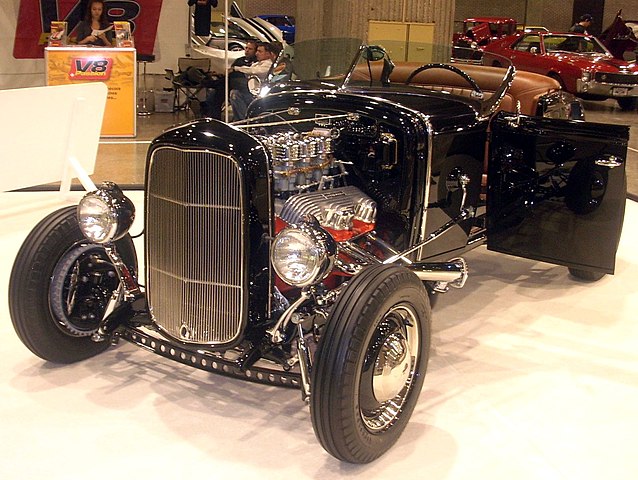
The Ford Model A, produced between 1927 and 1931, stands as a monumental figure in the automotive world. Emerging from the shadows of its predecessor, the Model T, the Model A introduced a slew of innovations and refinements that marked a new era for Ford and the automobile industry at large.
This article delves into the history, design, production, variants, and legacy of the Ford Model A, providing a comprehensive look at one of the most iconic vehicles of the early 20th century.
Introduction to the Ford Model A

The introduction of the Ford Model A was a much-anticipated event that drew considerable attention worldwide. After the immense success of the Model T, Ford aimed to build on its legacy with a car that offered more sophistication, reliability, and features.
The Model A was unveiled in 1927, signifying a significant leap forward in automotive design and engineering. It was the first Ford vehicle to use the standard set of driver controls with conventional clutch and brake pedals, throttle, and gearshift.
Over four million units were produced, highlighting its popularity and the significant impact it had on the automotive market.
Design and Features
The design of the Ford Model A was a departure from the simplistic nature of the Model T. It boasted a more complex and aesthetically pleasing body, which came in various styles including coupes, sedans, roadsters, and convertibles.
The car was equipped with a water-cooled L-head inline 4-cylinder engine, capable of producing 40 horsepower. This allowed the Model A to reach a top speed of around 65 miles per hour, a notable improvement over its predecessor.
Additionally, the Model A featured a 3-speed sliding gear transmission, which was quite advanced for its time, and it was one of the first cars to use safety glass for its windshield.
Production and Distribution

Ford’s production of the Model A was an industrial feat of its time. The company utilized assembly lines that were more sophisticated and efficient than those used for the Model T, allowing for the rapid production of vehicles to meet the high demand.
The Model A was manufactured not only in the United States but also in plants across the world, including Europe and South America, making it one of the first truly global automobiles. This extensive production and distribution network helped Ford establish a dominant presence in the international car market.
Variants and Models

The versatility of the Ford Model A was one of its most appealing aspects. It was available in a wide range of body styles, from the standard roadster and coupe to the luxurious Phaeton and the practical truck versions.
This diversity catered to a broad audience, from individuals seeking an affordable and reliable car, to businesses in need of sturdy vehicles for transportation and delivery purposes.
Special editions and models, such as the Sport Coupe with a rumble seat and the Deluxe Coupe, added to the allure of the Model A, making it a favorite among consumers of the time.
Legacy and Impact

The Ford Model A’s legacy extends far beyond its production years. It played a crucial role in setting new standards for automotive design, performance, and manufacturing techniques.
Today, the Model A is celebrated as a classic car, cherished by collectors and enthusiasts around the world. Its impact on the automotive industry is evident in the design and engineering principles that it introduced, which continue to influence the production of modern vehicles.
The Model A not only marked a significant chapter in Ford’s history but also in the evolution of the automobile itself.
In conclusion, the Ford Model A (1927–1931) was more than just a successor to the Model T; it was a revolutionary step forward that redefined what was possible in automotive design and manufacturing. With its advanced features, wide range of models, and global reach, the Model A left an indelible mark on the car industry and remains a symbol of innovation and excellence in automotive history.
